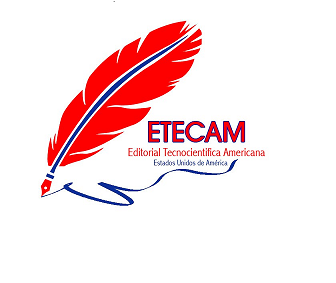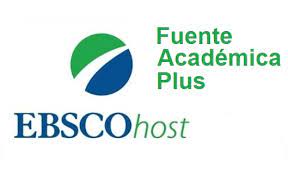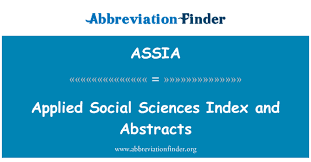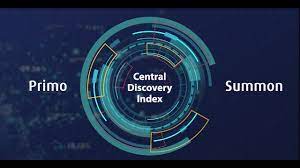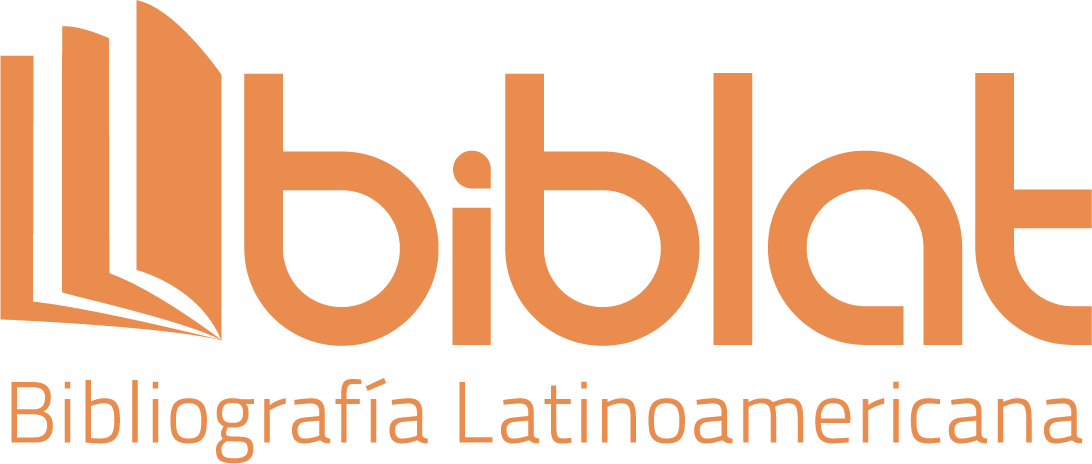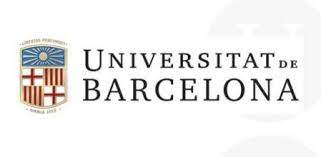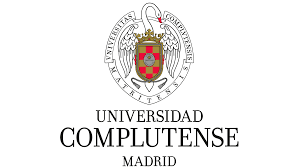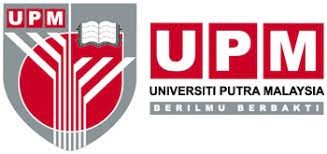Use of biofertilizer alternatives in the production of papaya (Carica papaya L.) seedlings under conditions of the farm La Constancia
DOI:
https://doi.org/10.51736/sa.v6i1.107Keywords:
alternative, bioproductos, azotobacter, microorganism, fosforinaAbstract
The work was carried out in the property the producing Juan Carlos Perseverance Rivera Daissón belonging to the CCS Fran Country García located in the kilometer 15 of the highway Guantánamo-Yateras municipality Manuel Tames, with the objective of evaluating the answer of papaya plántulas (Carica papaya L.) before application of alternative biofertilizadoras. For they were used it the bioproductos azotobacter, efficient microorganism, fosforina and production witness. Being evaluated height of the plants, grosor of the shaft, number of leaves, in five moments, also the fresh mass and the dry mass (air and radical) to the moment of the trasplante. El experiment it was mounted on a floor brown sialítico, a totally randomized design was used. Where the best vegetable answer was the varying number 4 (fosforina) this alone one obtained 40 days in comparison with the rest of postures that delayed 55 days to the transplant, being obtained revenues of $25020, considering the I implement of the fosforina a promissory alternative for the production of papaya postures under similar conditions.
Downloads
References
Álvarez, C. (2012). Caracterización de los frutos de cuatro cultivares de papaya del grupo ‘Solo’, introducidos en Cuba. Agronomía Costarricense, Vol. 32, No.2, pp. 169-175.
ARIAS, A. (2010). Microorganismos Eficientes y su beneficio para la agricultura y el medio ambiente. Journal de Ciencia e Ingeniería, Vol. 02, No. 02, pp. 42-45.
Calero-Hurtado, A., Pérez-Díaz, Y., Olivera-Viciedo, D., Quintero-Rodríguez, E., Peña-Calzada, K., Theodore-Nedd, L. L., & Jiménez-Hernández, J. (2019). Effect of different application forms of efficient microorganisms on the agricultural productive of two bean cultivars. Revista Facultad Nacional de Agronomía Medellín, Vol. 72, No. 3, pp. 8927-8935. https://doi.org/10.15446/rfnam.v72n3.76272
Cuestionario anual del Subgrupo sobre Frutas Tropicales de la FAO (2017). Los datos de FAOSTAT y la base de datos sobre estadísticas del comercio de producto, y los datos secundarios de la investigación documental.
Gallardo, F. y otros. (2004). Tolerancia a aluminio y eficiencia en la absorción de fósforo de trigo. R. C. Nutr. Veg. Vol. 4, No. 0, pp. 41-53.
García, A. C., de Souza, L. G. A., Pereira, M. G., Castro, R. N., García-Mina, J. M., Zonta, E. & Berbara, R. L. L. ( 2016). Structure-Property-Function Relationship in Humic Substances to Explain the Biological Activity in Plants. Scientific Reports, Vol. 6, No. 1, pp.1-10. https://doi.org/10.1038/srep20798.
Hernández del Valle, G., Hernández, O., Guridi, F., Arbelo, N. (2012). Influencia de la siembra directa y las aplicaciones foliares de extracto líquido de Vermicompost en el crecimiento y rendimiento del frijol (Phaseolusvulgaris L.) cv. cc–25–9. Revista Ciencias Técnicas Agropecuarias, Vol. 21, No. 2, pp. 86-90.
Mestre, M. E. (2015). Empleo de Microorganismo Eficiente y EcoMic en el cultivo de la Habichuela (VignaunguiculataL) variedad Canton – 1. Trabajo en Opción al Título de Ingeniero Agrónomo.
Rivera, A. A. (2001). Comportamiento fenológico del papayo (Carica papaya L.) variedad Maradol con drenaje subsuperficial en la Chontalpa, Tabasco. Tesis de Maestro en Ciencias. Colegio de Postgraduados, Montecillo, México.
Tames, G. M. A. (2017). Empleo de alternativas biofertilizadoras en el cultivo de tomate (Solanumlycopersicum L.) bajo condiciones productivas de la CCS Lino de las Mercedes. Tesis presentada en opción al título de ingeniero agrónomo. Facultad agroforestal. Universidad de Guantánamo.
Published
How to Cite
Issue
Section
License
Copyright (c) 2023 Ernesto Viquillón Fajardo, Anieska Osoria de la Cuesta

This work is licensed under a Creative Commons Attribution-NonCommercial-ShareAlike 3.0 Unported License.













